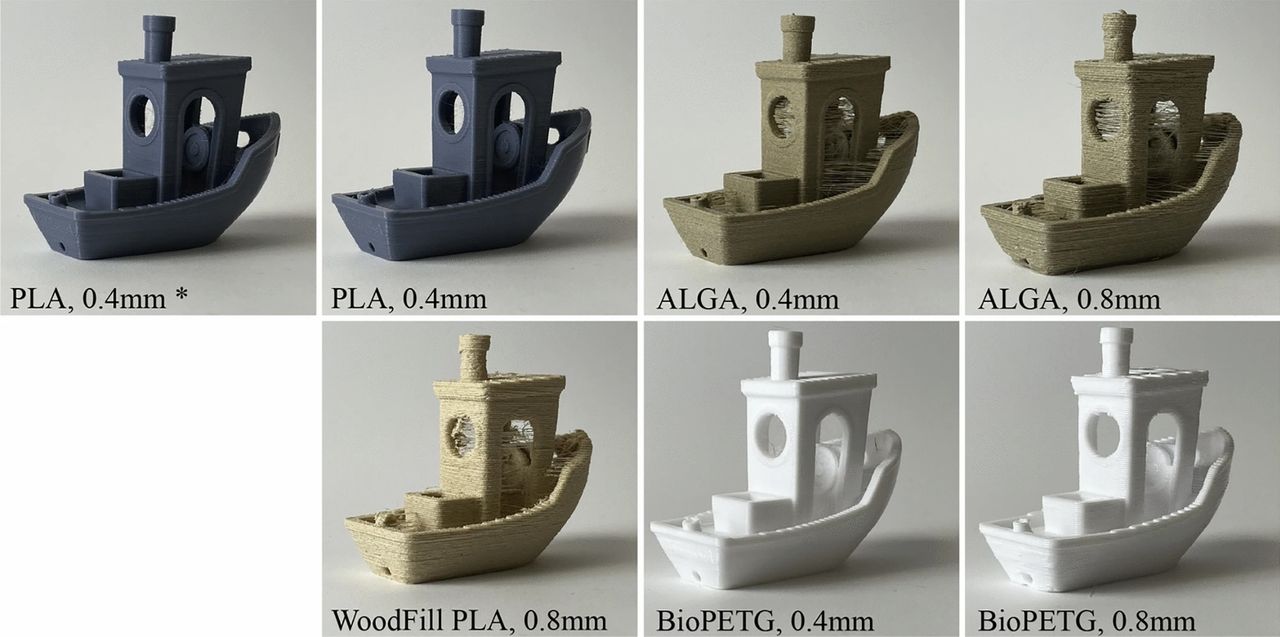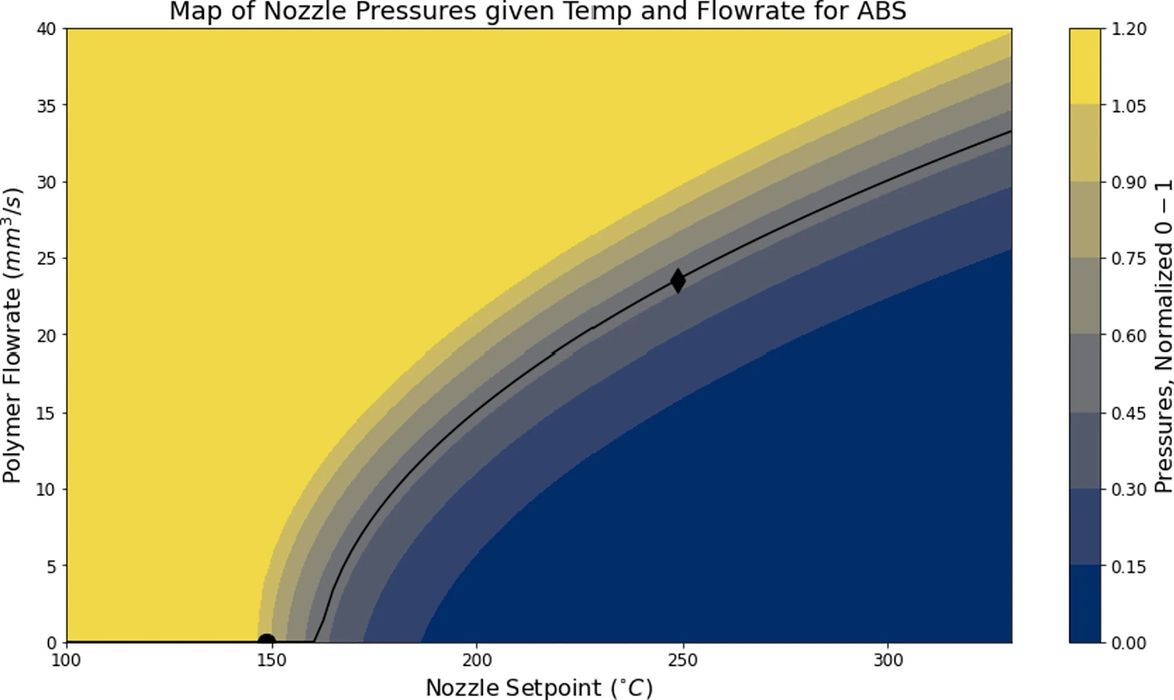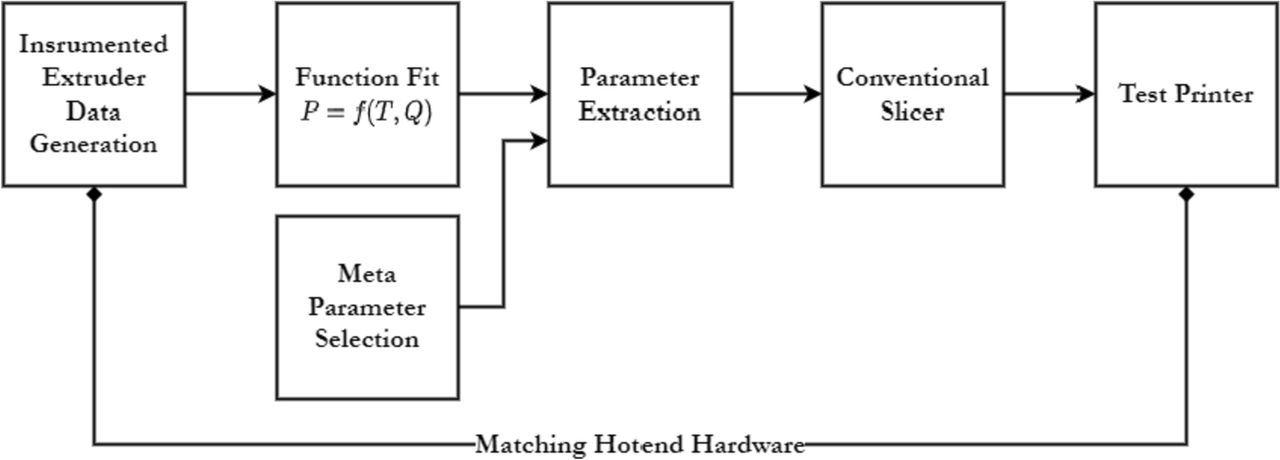
Researchers have achieved a major breakthrough: a 3D printer that automatically tunes itself.
Tuning a FFF 3D printer is often a very tedious business. Aside from ensuring belts are tightened and the bed is level, there is the matter of specifying the print parameters for the filament. What is the correct temperature, speeds, and other parameters?
These days we discount that challenge — although in the early days of desktop FFF 3D printing it was a major issue. No one knew the correct set of parameters and you had to figure them out by trial and error.
Eventually “print profiles” emerged, where a known good set of print parameters for a specific pairing of material and printer were developed. With a print profile, you just pick one and use it, and expect to see reasonable results.
However, behind that print profile was someone spending considerable time testing various combinations of parameters, finally identifying a set that worked.
Even today you might encounter a material – printer combo that doesn’t have a profile, forcing you to go through the tedious tuning process.
That may all change with new research into this common problem. Researchers at MIT and other institutions have developed a 3D printer that is able to accept an unknown filament and tune itself.
How is this incredible feat achieved? They explain:
“We use an instrumented extruder to fit a function that maps nozzle pressures across varying flow rates and temperatures for a given machine and material configuration. We then develop a method to extract real parameters for flow rate and temperature using relative pressures and temperature offsets. Our method allows us to successfully find process parameters, using one set of input parameters, across all of the machine and material configurations that we tested, even in materials that we had never printed before. Rather than using direct parameters in FFF printing, which is time-consuming to tune and modify, it is possible to deploy machine-generated data that captures the fundamental phenomenology of FFF to automatically select parameters.”
The key to their approach is an “instrumented extruder”, which is able to provide real time measurements of thermoplastic flow pressure, as well as detecting filament slippage. In fact, this was actually a modified E3D V6 system, one of the most popular hot ends on the market.

Their operational sequence is quite interesting. They start by extruding at the hot end’s maximum temperature, and then turn it off while still extruding. They monitor the pressure as the material cools, allowing detection of the slippage thresholds.
They then developed complex math to make use of the detected thresholds and transform the information into usable 3D printing parameters.

Their system was used to 3D print a series of #3DBenchys, shown at top, using unknown filaments. The results are quite impressive and clearly demonstrate that this strategy does indeed work.
Having developed this approach, it’s very likely it will be adopted by 3D printer manufacturers. That’s especially true because the math is known and it appears the hardware modifications required are relatively simple.
If this is the case, then there are big implications for the 3D print industry.
This could enable much more widespread use of filament variants, as there would be far less concern about print parameters: just run the test and go.
This also implies issues for companies operating print profile libraries, which could diminish in importance. That’s notable because some of these print profile ecosystems are the glue that holds customers to the company, and that could be in jeopardy if any 3D printer can figure out how to print any material.
This is a development I’ve waited to see for almost twenty years, and now it’s here.
Via Wiley
